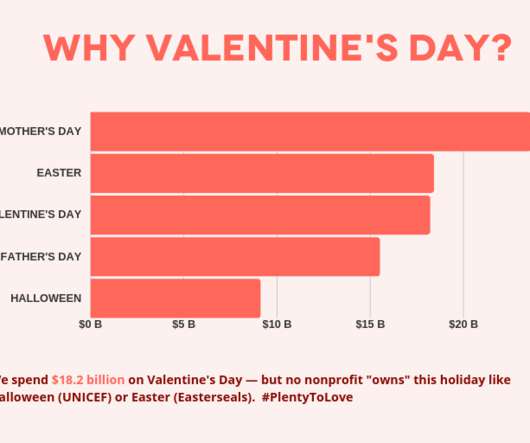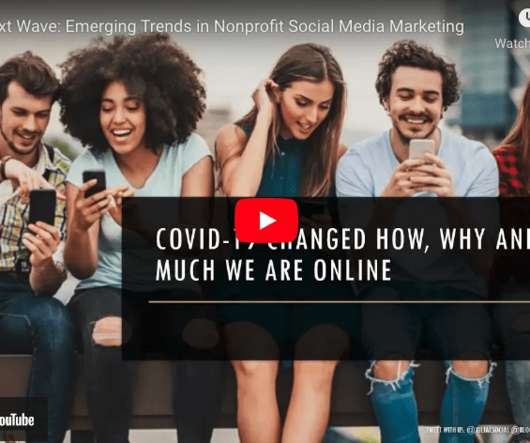Teens and Twitter: A Mini Focus Group with Teens
Beth's Blog: How Nonprofits Can Use Social Media
AUGUST 6, 2009
Using it an internal training, it is important to have someone with hands-on experience in each group and this spreads the organizational learning. . I was also reminded by one very smart colleague that the Twitter audience card had out-of-date information. At that time, the audience skewed younger.





























Let's personalize your content